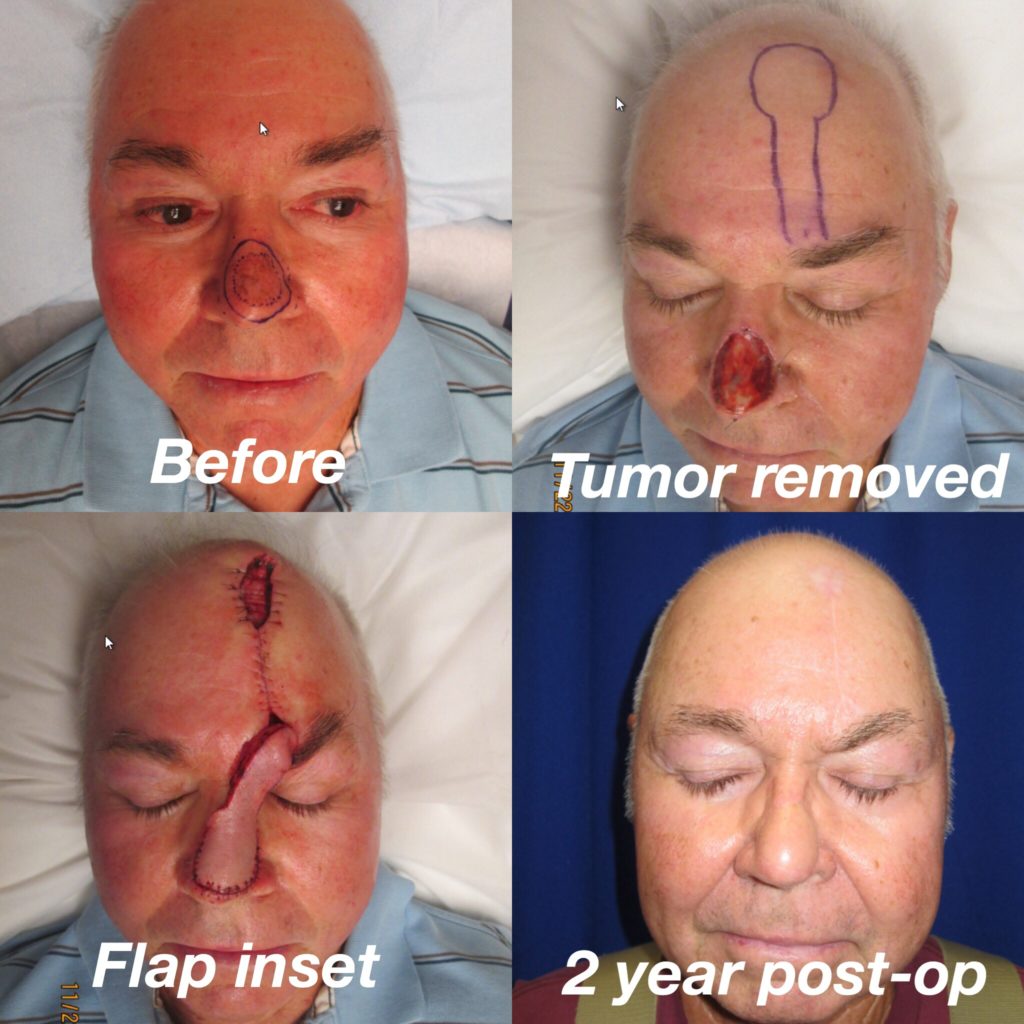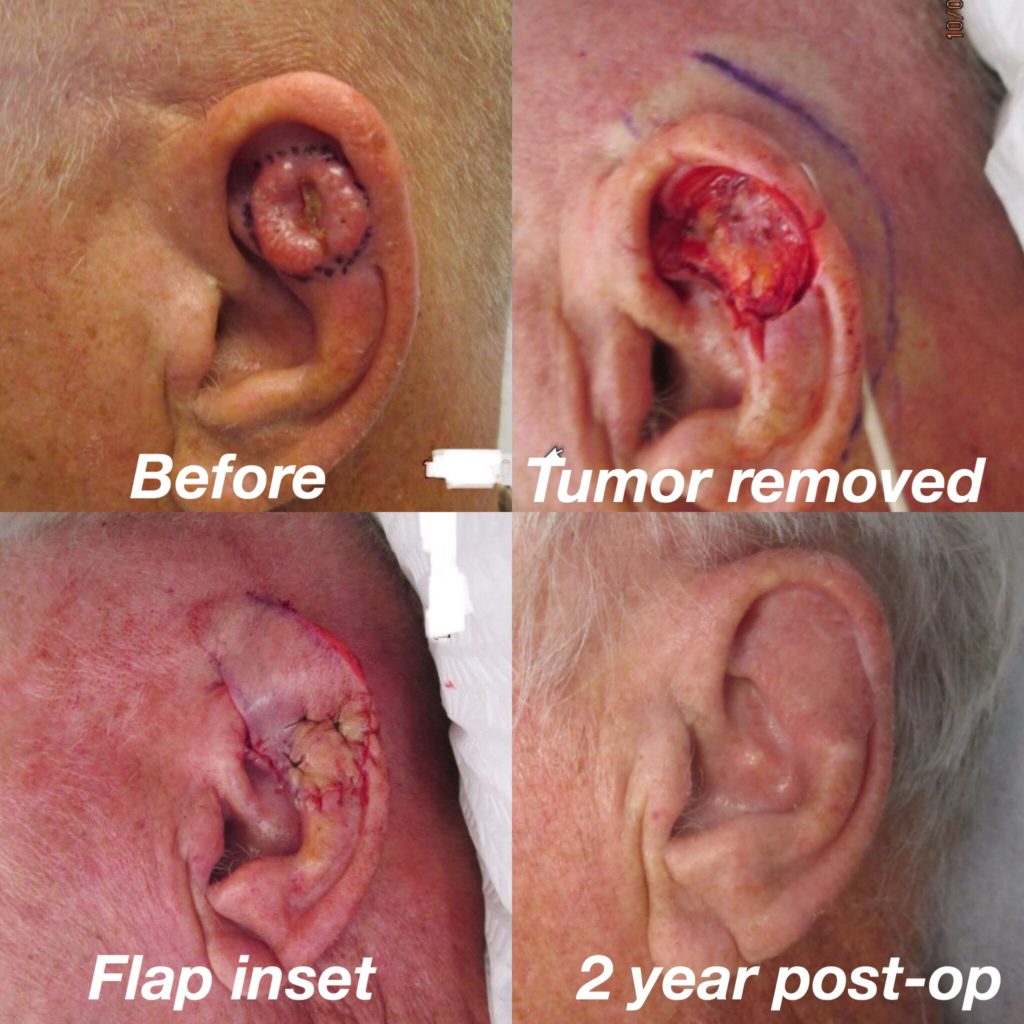May is the month we bring awareness of skin cancer and share early detection tips. Skin cancer is the most common type of cancer in the US and 1 in 5 adults are diagnosed with it by age 70. Skin cancer is the cancer you can see and feel. Monthly skin assessments at home and annual skin cancer screening exams with your dermatologist are essential to skin cancer prevention. The earlier you discover a skin cancer, the easier it is to cure before it progresses to a more serious stage.
The ABCDEs to Detect Skin Cancer
If you are concerned about any moles, freckles, or spots, use the ABCDEs to help you identify any warning signs. The ABCDEs stand for:
ASYMMETRICAL
Melanomas are asymmetrical most of the time. The common mole is typically round, oval, and symmetrical, while an asymmetrical mole/spot may be reason to visit your dermatologist.
BORDER
Pay attention to uneven or scalloped borders on a mole or spot, this is an indication of a melanoma. A common mole has even and smooth edges.
COLOR
Another warning sign for melanoma is multiple colors. Melanoma often has a variety of brown, tan, or black colors. It may even have red, white, or blue colors as it gets larger. A common mole is typically one shade of brown. If you notice a mole that is darker than the others this is another indication of melanoma. However, an exceedingly rare and colorless amelanotic melanoma may appear.
DIAMETER
If a spot is the diameter of a pencil eraser (about ¼ inch in diameter) or larger, you should see a dermatologist as this is also a melanoma warning sign.
EVOLVING
If you notice your spot is quickly evolving in size, shape, or color and if the spot begins to bleed, itch, or crust these are warning signs of melanoma.
When In Doubt, Check It Out
If you observe any new, changing, or unusual spots on your skin, schedule an appointment right away with a dermatologist. Be observant of new moles or freckles that appear or if you have a non-healing spot. Dermatology & Plastic Surgery of Arizona recommends routine monthly self-exams which are key to be familiar with your own skin, as well as annual skin assessments performed by a dermatologist are important to detect any changes to prevent or catch skin cancer early. If you have a history of skin cancer, your physician may recommend in-office screenings more than once each year.
For additional resources, you can visit skincancer.org.
I’ve had skin cancer since I was 19, so I’ve seen my fair share of dermatologists. Due to my husband’s career I’ve lived many places and have had to find a new doctor every few years. This practice is my favorite of all the ones I have been to. Dr. Jamie is a sweet heart and does excellent work. (I enjoy her aesthetic work very much as well!) Her husband has the touch. He’s removed a mole off my eyelid and obviously this was a delicate area. So tiny and lots of room for things to go poorly. He did a perfect job. You can’t even see where it was. Super steady hands. He is more matter of fact than Dr Muenster, but still personable and they are both quite skilled at what they do. I had a skin cancer right under my eye and about six months later you can’t even tell. The office staff is friendly and efficient. This is NOT a stuffy plastic surgery office. Professional, but homey. I can’t say enough nice things about this practice. Enjoy!
Take The Next Step
Schedule an appointment with Board-Certified, Dermatologist & Fellowship Trained Mohs Surgeon Dr. Christopher Weyer to learn more about skin cancer detection and prevention. Please complete the form below or call us in Tucson at 520-207-3100 or Sierra Vista at 520-458-1787. Our offices are conveniently located at 698 East Wetmore, Suite #310 in Tucson, Arizona and 150 South Coronado Drive Suite #110 in Sierra Vista, Arizona.



